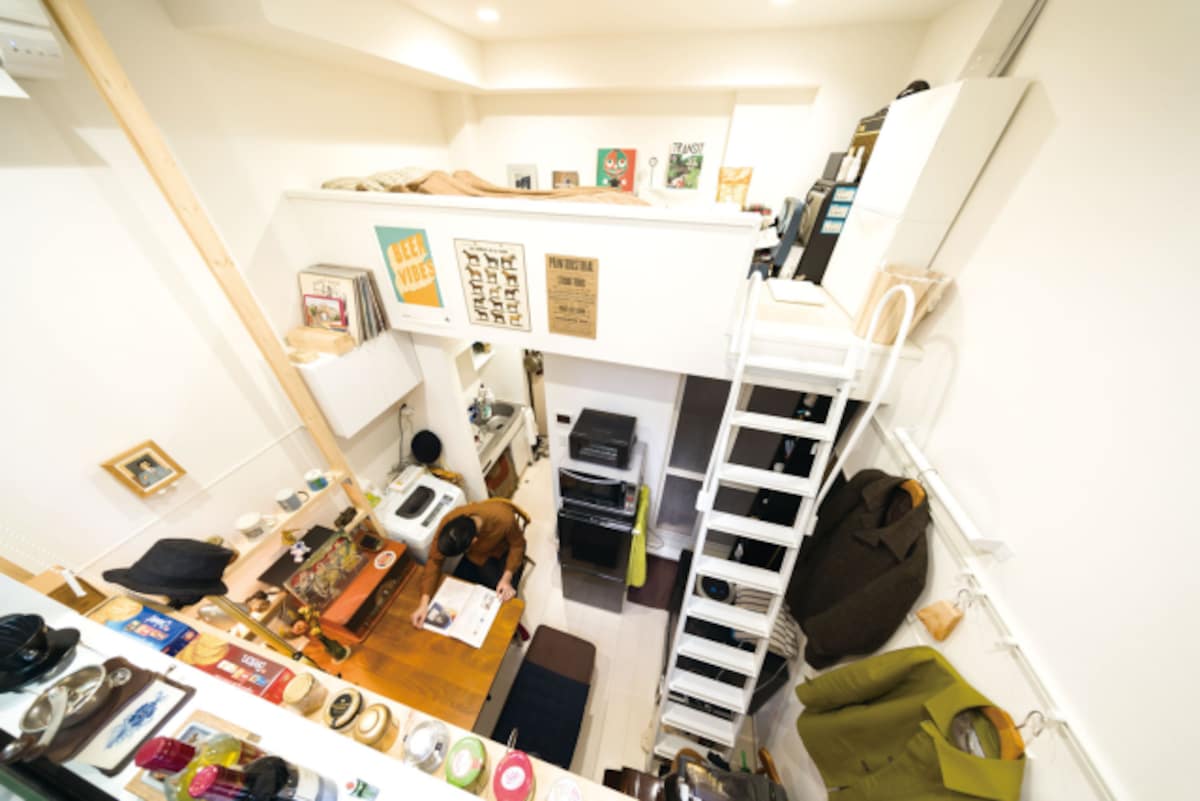Small Apartment Japanese: Maximizing Space in Tiny Living Quarters

In the bustling urban landscapes of Japan, where space is often at a premium, small apartments have become a necessity. To make the most of these compact living spaces, Japanese designers have developed a unique approach to interior design known as "small apartment Japanese." This style emphasizes functionality, efficiency, and a minimalist aesthetic, allowing residents to live comfortably and stylishly in even the smallest of apartments.

Key Principles of Small Apartment Japanese

- Decluttering and Minimalism: Japanese homes are known for their simplicity and lack of clutter. Unnecessary possessions are eliminated, leaving only essential items that contribute to the functionality and beauty of the space.
- Multifunctional Furniture: Space-saving furniture is a staple of small apartment Japanese. Pieces like futons that double as both beds and sofas, or tables that can be extended or folded away, maximize functionality while minimizing clutter.
- Vertical Space Utilization: Small apartments often have limited floor space, so designers make use of vertical space by incorporating shelves, drawers, and storage solutions that extend up the walls.
- Natural Light and Ventilation: Natural light and ventilation are essential for creating a sense of spaciousness in small apartments. Windows are kept as large as possible, and natural materials like wood and bamboo are used to enhance the flow of light and air.
- Neutral Color Palette: Neutral colors like white, beige, and gray create a sense of spaciousness and make the apartment feel larger than it actually is. Pops of color can be added through accents and accessories.







Essential Elements of Small Apartment Japanese

- Tatami Mats: Tatami mats are traditional Japanese flooring made from woven straw. They provide a comfortable and versatile surface that can be used for sleeping, sitting, or dining.
- Shoji Screens: Shoji screens are translucent paper screens that can be used to divide rooms, create privacy, or diffuse light. They add a touch of traditional Japanese charm to the space.
- Futon Beds: Futons are traditional Japanese bedding consisting of a thin mattress that can be rolled up and stored during the day. They save space and provide a comfortable sleeping surface.
- Chabudai Tables: Chabudai tables are low, wooden tables that are used for dining or as coffee tables. They are typically small and easy to move, making them ideal for small apartments.
- Storage Solutions: Small apartment Japanese emphasizes efficient storage solutions, such as built-in shelves, drawers, and under-bed storage. These solutions keep clutter at bay and maximize space utilization.



:max_bytes(150000):strip_icc()/studio-h-micro-apartment-renovation-studio-hoka-2-b615c277015f498393aa2cd1e45941c4.jpeg)



Benefits of Small Apartment Japanese

- Increased Space: By decluttering and utilizing vertical space, small apartment Japanese creates a sense of spaciousness even in the smallest of apartments.
- Improved Functionality: Multifunctional furniture and efficient storage solutions make the most of every square foot, ensuring a comfortable and practical living environment.
- Enhanced Aesthetics: The minimalist aesthetic and neutral color palette create a calming and stylish atmosphere that is both inviting and functional.
- Reduced Stress: A clutter-free and well-organized apartment can reduce stress levels and promote a sense of well-being.
- Cost-Effectiveness: Small apartment Japanese emphasizes space-saving and multifunctional furniture, which can save money in the long run.







Conclusion

Small apartment Japanese is a unique and effective approach to interior design that allows residents of small apartments to live comfortably and stylishly. By embracing the principles of decluttering, multifunctional furniture, vertical space utilization, and a minimalist aesthetic, small apartment Japanese creates a sense of spaciousness, functionality, and beauty in even the most compact of living quarters.






